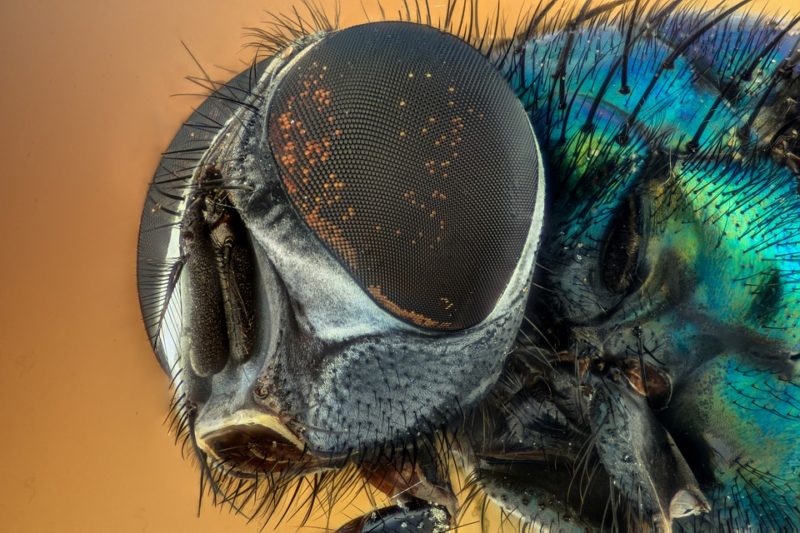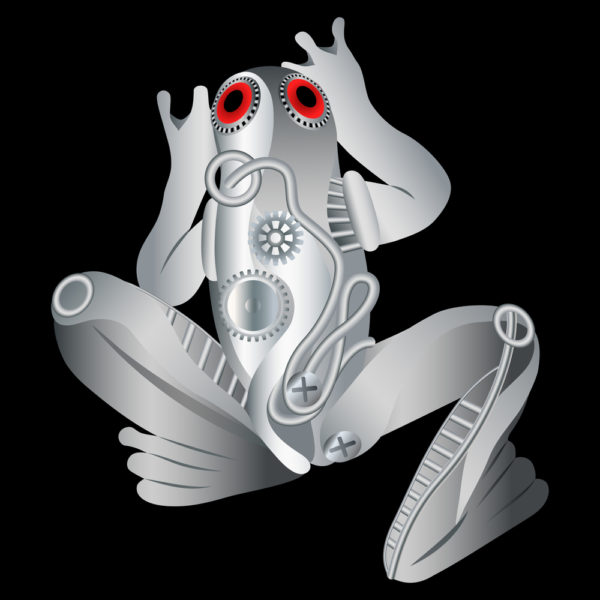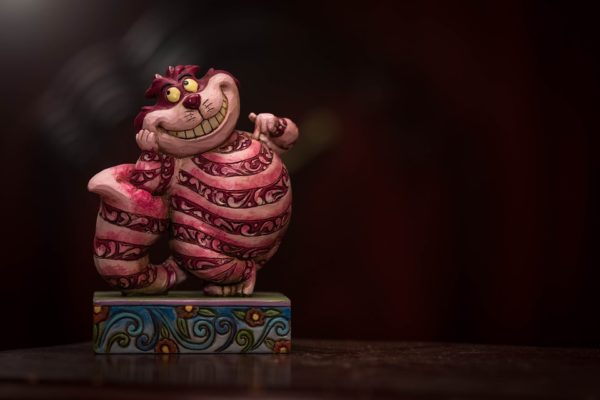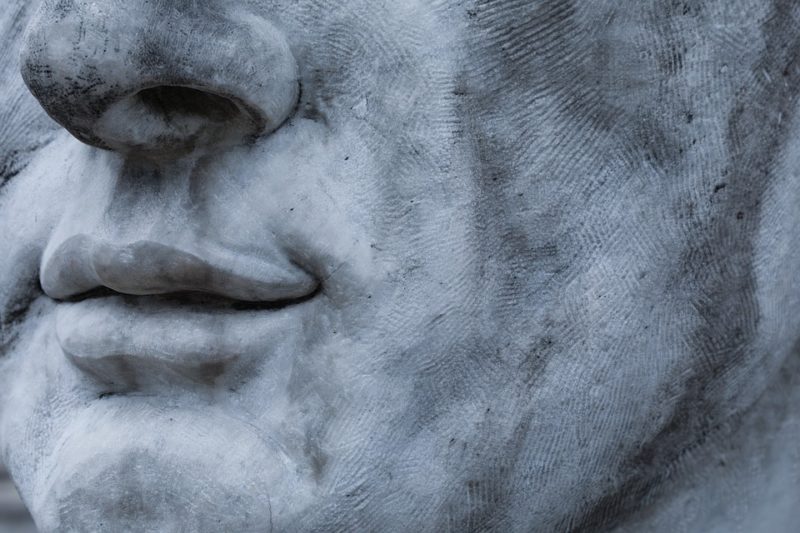Is Earth Headed for Another Supercontinent?
Supercontinents — giant landmasses made up of multiple continents — could emerge again on Earth 200 million years from now, and where they form on the globe could drastically affect our planet’s climate. Scientists recently modeled this “deep future” view of Earth with a supercontinent makeover, presenting their findings Dec. 8 at the annual meeting of the American Geophysical Union (AGU), held online this year. They explored two scenarios: In the first, around 200 million years in the future, nearly all continents push into the Northern Hemisphere, with Antarctica left all alone in the Southern Hemisphere; in the second scenario, … Read more












